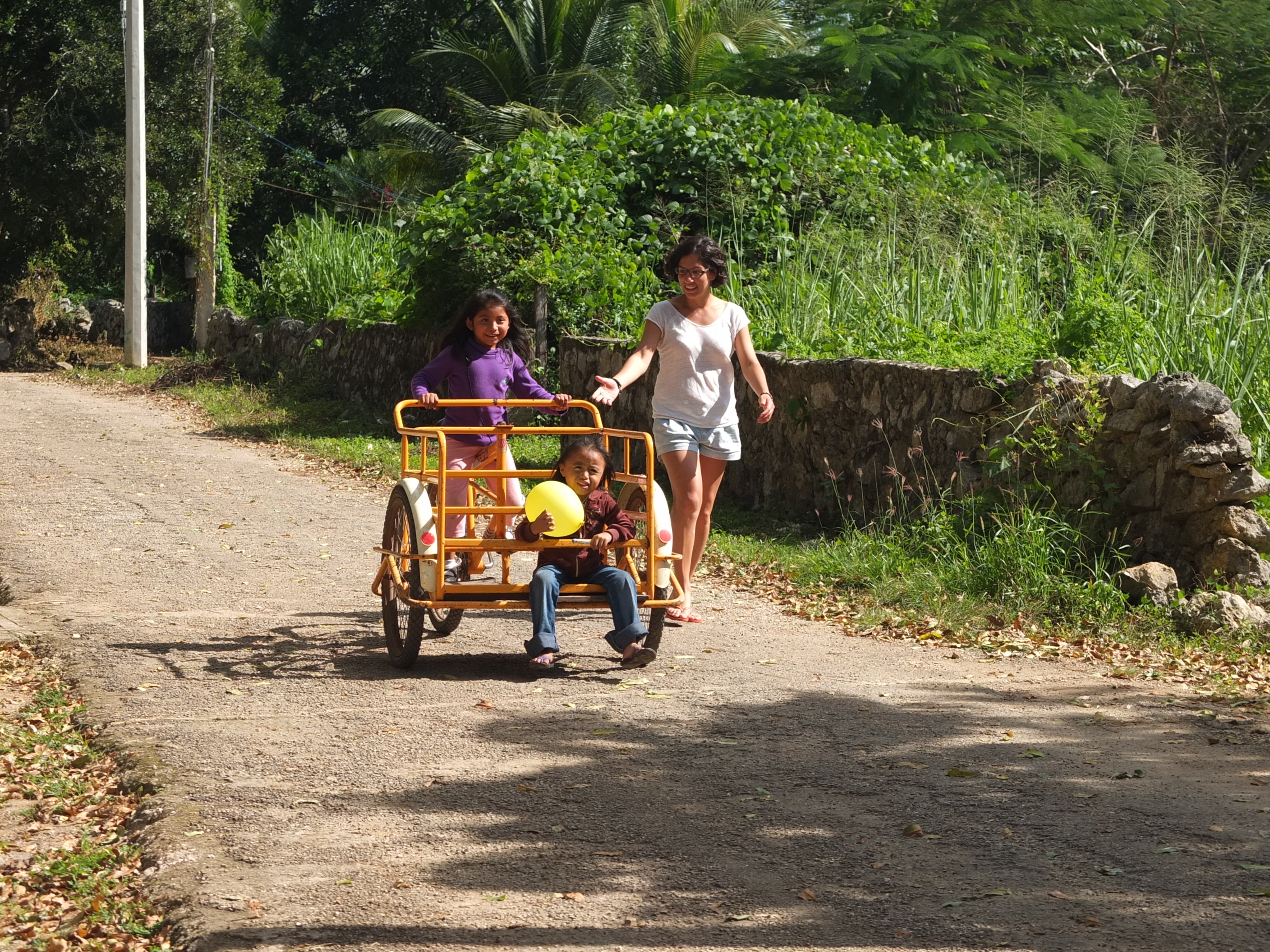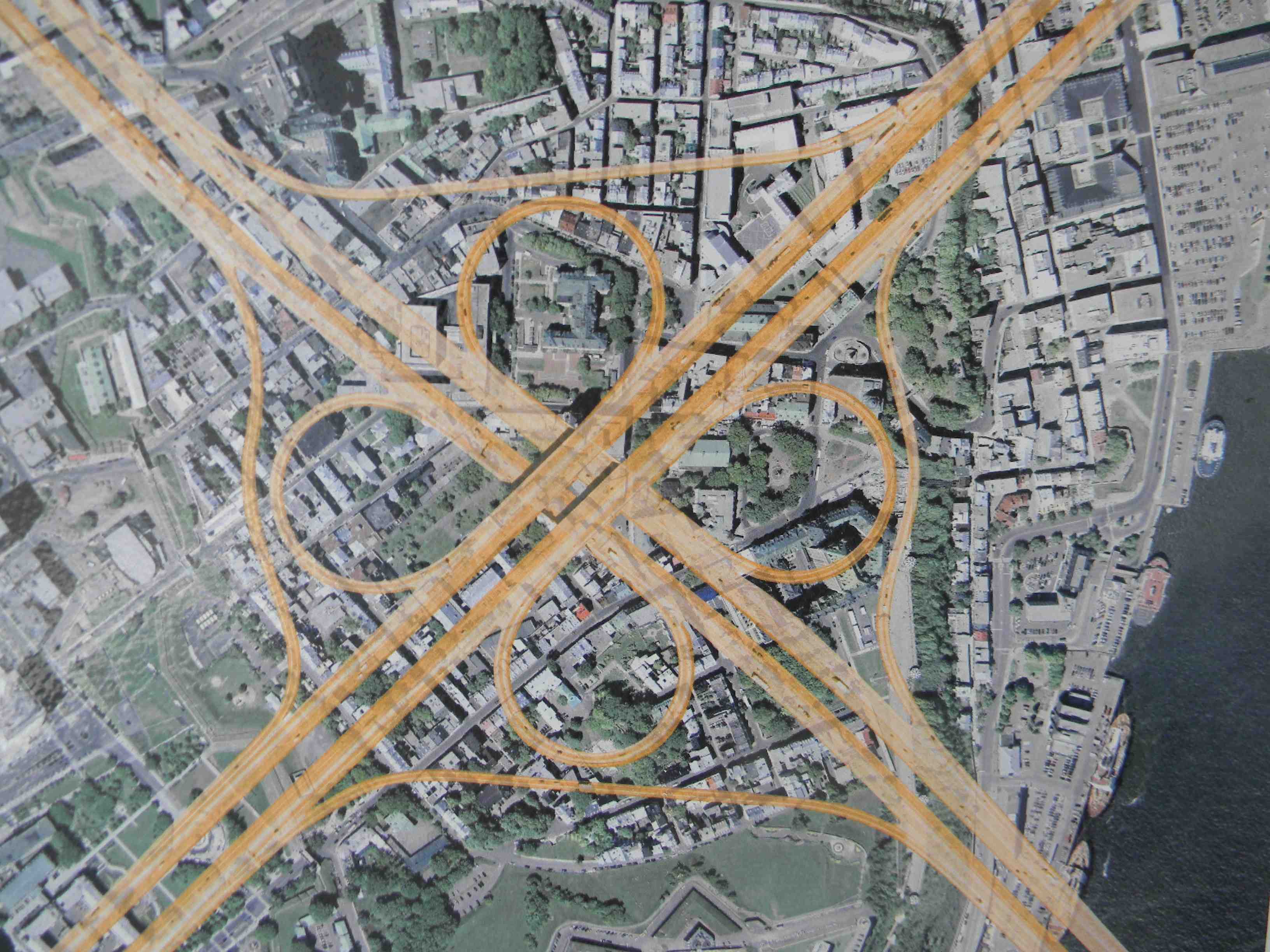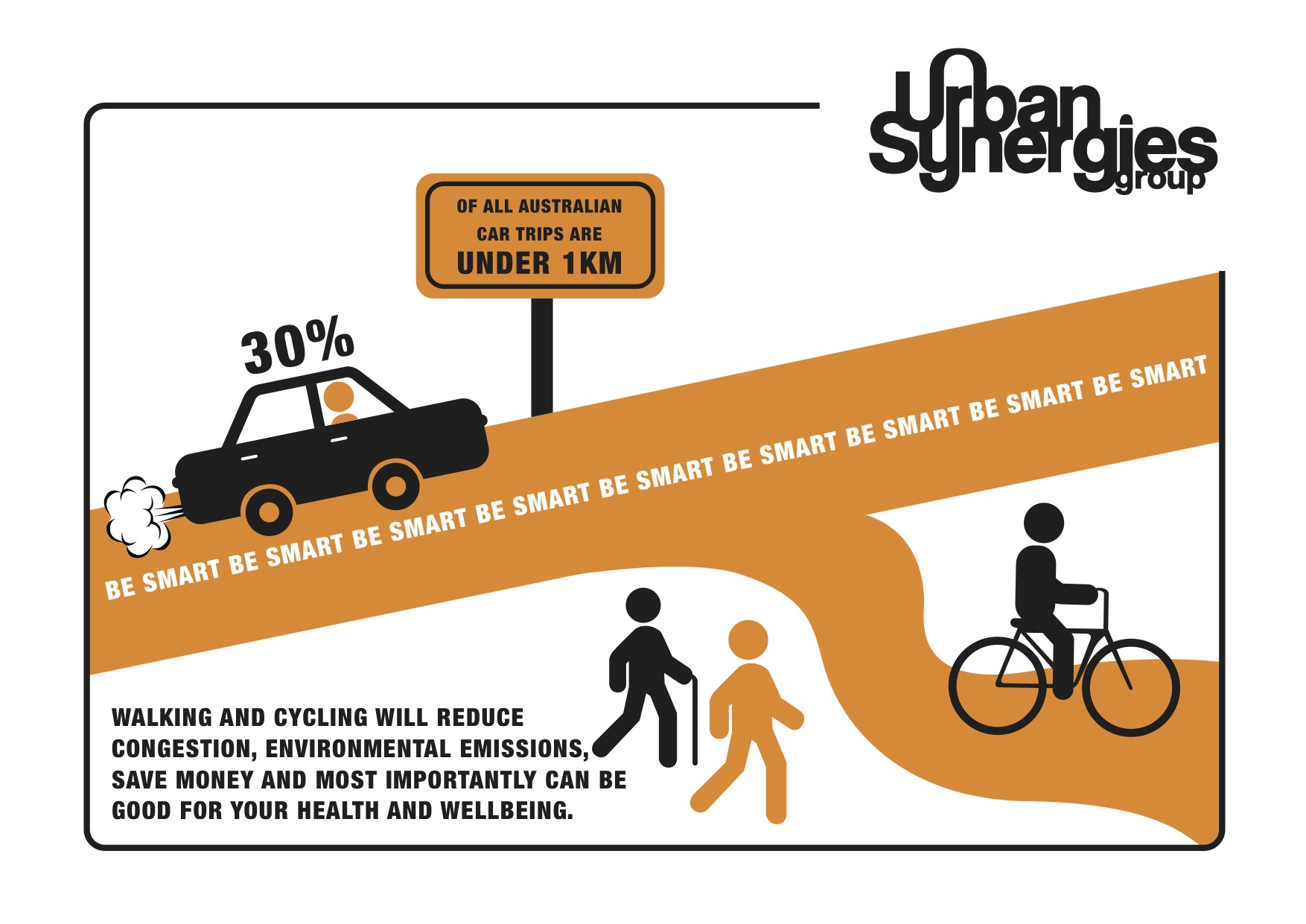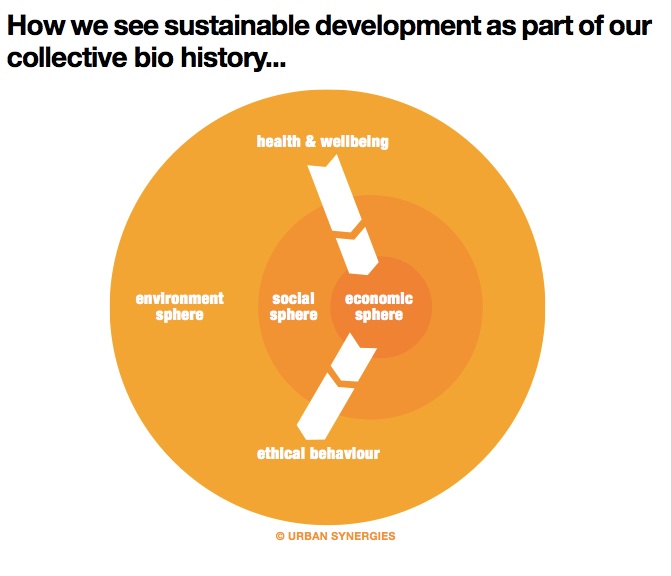Tag Archives: healhty planning
New Paradigm for Sustainable Development
Since I have devoted my life to Urban Synergies – the team and I worked very hard but took sufficient time to develop a new paradigm for sustainable urban development that includes health and well-being as well as ethical behaviour as a core principle.
Since the “Brundtland Report – Our Common Future” in 1987 and the “Limits to Growth” from 1972 what we commonly understand under “sustainable development” does simply not deliver.
Critical reflection is needed! The latest measurements of IPCC report on global greenhouse gas emissions showing alarming levels and industry is working with a model that does very little or not enough to drive positive change. We know that more that 50 per cent of the world wide population lives now in urban conditions and at the same time cities are the greatest contributor and emitters of pollution threatening human health. Only when we acknowledge our collective bio history, critically reflect and collaboratively work towards a new paradigm we will be able to sustain us.
We are committed! To make a meaningful contribution and to help creating a better world we introduce Urban Synergies healthy sustainable development model.
Should you have any questions relating to our model we would love to hear from you. Feel free to visit our website www.urbansynergies.org

Shaping healthy communities- Urban Synergies study tour in Mexico..learning together without borders! Be part of it and share the love for future generations.
Expert urges change of heart over cars

Better urban planning would improve Canberrans’ health, according to leading experts at the second Active Living forum yesterday.
The idea of a ”biophilic” city design, which would move the city from car dependence, is being championed by the ACT Heart Foundation as another way to encourage locals to be active.
More than half of the territory’s residents are overweight or obese and environment and sustainability expert Darren Bilsborough said prioritising public transport would have massive economic and health benefits
The costs of obesity are growing and in 2008, the annual cost of being overweight in Australia, including health system costs, productivity declines and carers’ costs, was estimated at about $58 billion.
The adjunct professor from Curtin University said his research showed people who commuted more than one hour to work each way experienced negative heath impacts, including depression and weight gain.
The solution was to rip up roads and use that space for trams and additional housing in city centres.
”You can have 240 people getting to work in 177 cars, or three buses, for that same amount of people on one tram,” Professor Bilsborough said.
”When you get rid of cars, you need fewer roads and you can use that space for other things … There are lots of roads and lots of concrete and that’s where [Canberra] falls over. The real issue is getting more people more active more quickly and to do that you need to get more cars off the road and get more public transport working,” he said.
Professor Bilsborough said the ACT government should allocate priority bus lanes throughout the city.
”There has to be less preference to cars. You go to places like New York and London and it’s very difficult to get around in a car; the preferential use is public transport,” he said. Heart Foundation ACT chief executive Tony Stubbs said the ACT government’s Transport for Canberra Strategy made the link between public transport and health.
It sets targets of 15-minute bus frequency on the territory’s arterial roads and 30-minute public transport services within a 5-10 minute walk of every resident by 2021. Also, by 2016 the ACT government wants almost a quarter of all journeys to and from work to be on bike, foot or its upgraded public transport system – bus, tram or light rail.
Mr Stubbs said it was achievable if the government set aside funding in the June budget and to ”build physical activity into our days”.
Read more: http://www.canberratimes.com.au/act-news/health-expert-urges-change-of-heart-over-cars-20120508-1ybff.html#ixzz1uKZnqdn6
Share the space
 3 cars stop, 24 people cross the street and 7 bicycles cruise along within 10 seconds on a Friday afternoon in Bunda Street, Canberra. I am sitting in a street café overlooking a zebra crossing between the Canberra Centre and City Walk.
3 cars stop, 24 people cross the street and 7 bicycles cruise along within 10 seconds on a Friday afternoon in Bunda Street, Canberra. I am sitting in a street café overlooking a zebra crossing between the Canberra Centre and City Walk.
3 cars, 24 people and 7 bicycles – an interesting modal split that made me think about joining the dots and drawing a picture in regard to appropriate street design with people in mind.
My first dot will be around the latest initiative by the Australian Federal Government, which recently launched the National Urban Design Protocol with the ideal title “Creating places for people”. The document aims to define high quality urban design and to provide a consistent quality framework for future design throughout the country.
My second dot will provide a connection to this initiative and what happens (or still does not happen) on the ground. For example, the National Capital Authority recently announced a delay in rolling out an urban design project for Bowens Crossing until 2014, the year afterCanberra’s Centennary. The reason for the delay is cited as a funding shortfall resulting from major capital maintenance works to be undertaken on Scrivener Dam. It is unfortunate to see projects like Bowen Crossing postponed The Federal Government and theCanberracommunity should demand higher priority for quality urban design projects and the improvement of local amenities.
My third dot will be the apparent disconnect between budget reality, community expectation and future budget projections. Funding for urban planning and design projects will become increasingly scarce as competing priorities place pressure on the ACT Budget. I’d like to invite you to bear in mind, for example, that the Australian Capital Territory (ACT) Health Directorate budget is increasing by 11 per cent per annum and in a ‘business as usual’ scenario will, according to Access Economics, consume the entire ACT Budget in the medium to long term.
Let’s start joining the dots and attempt to draw a picture. On the one hand, we are creating a strategic framework for better quality design to meet community expectations. On the other hand, we will have in the long run less funding to realise those expectations.
The picture that came out of connecting these dots is not good one. Here is my initial attempt to rescue the drawing to ensure quality spaces for all people.
a) I’d like to start by highlighting that there is no silver bullet solution to what is becoming an increasingly complex problem.
b) Education is key. In order to resolve a complex design issue we need to have a certain amount of common knowledge around the issue.
c) Potentially competing interests need to work hand in hand with a collaborative spirit to achieve designs that will benefit all members of the community.
d) Be creative, be open-minded and think outside of the square. There are no wrong questions.
Drawing a short initial exemplar illustration onBunda Streetas a shared space:
a) The advantages of making streets more people friendly are potentially far-reaching, encompassing environmental, social, economic and health benefits. Most academics and leading practitioners in various fields call for an integrated and holistic approach to issues such a climate change, non-renewable resources, food access as well as the obesity epidemic in Australia. A triple bottom line approach is necessary and needs more than just a single tool.
b) What is a shared space? www.dtf.gov.uk/publications/ltn-01-11
What is the Urban Design Protocol? www.urbandesign.gov.au
What are the benefits of making streets more walking and cycling friendly? www.heartfoundation.org.au/SiteCollectionDocuments/GoodforBusinessFINAL_Nov.pdf
What do most stakeholders in the ACT think about creating better places for people? www.healthyplaces.org.au/userfiles/file/News/act_activelivingreport.pdf
What has the ACT Government committed to do in relation to walking and cycling? www.transport.act.gov.au
What has the ACT Government already done? For a start it signed on 1 November 2010 the International Charter for Walking. www.walk21.com/papers/international520Charter%20for%20Walking.pdf
Of course every reader should feel encouraged to research further pending their level of interest.
c) Call out for a workshop that brings all parties together in a comfortable and neutral environment and share stories (personal or evidence based) about the importance of having equal access to good quality spaces for all members of the community in Canberra Civic.
d) Some creative ideas for Bunda Street as a high quality shared space:
–> Consider innovative pavement design using local recycled materials;
–> Use intelligent landscaping (trees, planting) to provide a green, balanced environment that can protect the space from the heat island effect.
–> Ask local stakeholders to commit to maintaining the new amenity. In addition to enjoying well maintained spaces, homeowners stand to benefit economically from quality urban design projects in their local neighbourhoods.
–> Think about human scale and imagine walking with a kid’s eye through the space. As an ideal outcome you should feel comfortable to move freely in the space and be able to communicate easily with other people.
–> Have in mind that we will have 20 + per cent elderly people by 2030 and consider the needs of disadvantaged groups.
–> The place should be considered as an open living room where people can celebrate, communicate and interact 24/7.
–> Think even of interesting signage that invites users to change their behaviour. This could be by having a big welcome sign saying, “You are entering the city’s open living room”.
e) Recently the South Australian Government announced the creation of an independent Commissioner for Integrated Design. Such a person could ideally provide the platform and framework of collaboration and facilitate the dialogue needed to achieve a satisfactory and truly democratic outcome.
3 cars stop, 24 people cross the street and 7 bicycles cruise along within 10 seconds on a Friday afternoon in Bunda Street, Canberra.
Be an urbanist and share the space!

